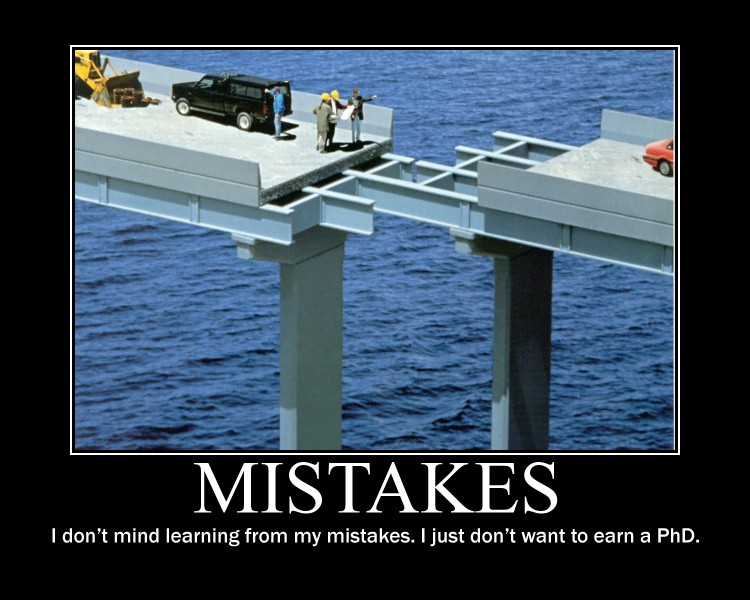 Today, every gas and electric meter in Baltimore is spinning. It’s a winter wonderland here. Which means, it’s damned cold.
Today, every gas and electric meter in Baltimore is spinning. It’s a winter wonderland here. Which means, it’s damned cold.
Our thoughts turn to heat…and then to the expense of it…and then, we begin to wonder how ordinary families keep up with it all. Heat…food…cable. It adds up.
But we have advice. In a few words: don’t play that game. We’ll explain that later. First, let’s review. America’s middle class families. Everyone seems to be worried about them. President Obama thinks they’re getting a bad deal. Some think they are disappearing. How are they really doing?
Real, hourly wages have not gone up since 1964. Nearly half a century of flat earnings. We’ve been saying that for years now.
But wait. How come people seem richer? (continued below…)
 We are down to our last one week now!
We are down to our last one week now!
We just wanted to remind you that the “Once-in-a-decade” offer we are currently running to celebrate StockSelect’s 10th anniversary will end PERMANENTLY in just 7 more days.
Yes! The exact ending time is 11:59 PM on 2nd February. And we will never, ever reopen it again after that.
Look, it’s pretty common for people to get busy with day-to-day ordeals, postpone signing up for later, and then completely forget about it. We don’t want that to happen with you.
So instead of putting this off for the very last moment, go ahead and sign up right now.
This offer comes with a 30-day, FULL moneyback guarantee. So if you don’t like StockSelect, we’ll gladly give you back your entire payment.
But once this offer closes, you won’t get a chance to sign up for StockSelect at more than 75% off again!
So don’t hesitate. Click here for full details…
Because they are richer. At least in a way. They have bigger houses, more marble countertops, more cars, wider screen TVs.
They’ve got a lot more stuff. Even better stuff.
That is the point of an article in yesterday’s Wall Street Journal. The authors argue that America’s middle class is actually much better off today than it was in 1964.
For one thing, they say, families have more members working (wives went to work in the’70s and ’80) so that family income is higher.
Okay…whether that is good or bad…we don’t know.
They also get the benefit of more health benefits. Hmm… We don’t know about that either. Families didn’t seem to need health care benefits back in the ’60s. Because health care was reasonably cheap and simple back then. Now, it’s very complicated and very expensive.
Yes, say the authors, but it’s also a lot better. Which would you rather have, they ask, 1960s health care at 1960s prices or 2013 health care at 2013 prices?
Hmmm… Again, we’re not sure. They say people live longer today. But that may have nothing to do with health care. They live longer in other countries too – places where people spend a fraction of what we spend on health care.
And many of those tests that are included in our health care plans – mammograms, PSI, colonoscopy – might be useless. That’s what the latest research shows.
Oh…and now we all have access to jet airplane travel, iPhones, and big TVs with options up the wazoo.
As to this last point, we offer a little personal anecdote. We didn’t have a TV for a long time. Not from about 1982 to 2012. We bought our first one this Christmas. A gift to the family. We watched a few movies over the holidays. Then, when the children left, we forgot about it. Until last night….
Elizabeth was away so we decided to turn it on for company. Trouble was, we couldn’t figure out how. There were 4 remote control devices. Which controlled what? It was far from obvious. We clicked every button we could find. Nothing. Then, we picked up the phone and clicked a few buttons on that too. Perhaps there was some sympathetic communication going on, some electronic voodoo.
In 1964, we turned one knob to turn the machine on. Another changed the channel. There was no doubt about it.
But come the miracle of electronics 2013 and it took us a good 15 minutes to figure out how to get the thing to work. Then, we spent another 15 minutes riffling through dozens of programs before we realized that there was not a single one that we wanted to watch.
Time lost: 30 minutes. Gain: negative.
So as to the wonders of modern gadgetry we are less than impressed.
But there is no doubt that the middle class is better equipped in stuff than its hourly wages suggest. This is partly because the price of the important stuff – food, shelter, clothing and utilities – has actually gone down as a percentage of household income, from 52% of disposable income in 1950 to only 32% today.
However, the authors don’t pay any attention to the other side of the ledger – debt. In 1964, total public and private debt in the US was 140% of GDP. Today, it is 375% of GDP. Hmmm….. That’s about 2 and a half times as much debt per family.
The figures show NET WORTH per household at about the same level it was 50 years ago…about 5 times disposable income. But those figures do not include government debt, which is a huge, largely uncharted iceberg.
With so much debt to reckon with, the typical family is much more exposed to interest rate increases and other setbacks.
Right now, the cost of carrying debt is low. Because interest rates are at their lowest point in more than half a century. But they were low in ’64 too. And if they go up from here – as they did then – we’ll have quite a hoopty do. How many families could afford a 10% mortgage interest rate?
And, of course, this calculation doesn’t include the trillions of ‘unfunded liabilities’ that the feds choose to ignore. Those liabilities barely existed in 1964. Today, they come to (according to Professor Lawrence Kotlikoff) more than $200 trillion…or about $150 trillion more than net assets. Now, how’s the middle class doing?
But families don’t yet feel the weight of those unfunded liabilities because they don’t have to pay them. In fact, they hope to be on the receiving end…to be collecting Social Security…disability…and health benefits, not paying for them.
Which just goes to show how corrupt and awkward the whole thing is. Middle class families work as hard as they can to keep up with expenses now…and everyone hopes to live at everyone else’s expense in the future.
It ain’t going to work.
A better approach…tomorrow…
About Bill Bonner
Bill Bonner is the President & Founder of Agora Inc, an international publisher of financial and special interest books and newsletters.
Disclaimer:
The views mentioned above are of the author only. Data and charts, if used, in the article have been sourced from available information and have not been authenticated by any statutory authority. The author and Equitymaster do not claim it to be accurate nor accept any responsibility for the same. The views constitute only the opinions and do not constitute any guidelines or recommendation on any course of action to be followed by the reader. Please read the detailed Terms of Use of the web site.



 Few know that Albert Einstein invested much of his 1921 Nobel Prize money in stock markets. However, he lost a bulk of it in the stock market crash in 1929. Pity that he could not lay his hands on Benjamin Graham’s
Few know that Albert Einstein invested much of his 1921 Nobel Prize money in stock markets. However, he lost a bulk of it in the stock market crash in 1929. Pity that he could not lay his hands on Benjamin Graham’s 
 Whether you consider yourself to be financially responsible, or you always seem to come up short on cash, there are a few key indicators that may indicate you are living beyond your mean.
Whether you consider yourself to be financially responsible, or you always seem to come up short on cash, there are a few key indicators that may indicate you are living beyond your mean.
 Today, every gas and electric meter in Baltimore is spinning. It’s a winter wonderland here. Which means, it’s damned cold.
Today, every gas and electric meter in Baltimore is spinning. It’s a winter wonderland here. Which means, it’s damned cold. 
 With Toronto Homesales down 50% and Vancouver down sharply Michael Campbell address all of the issues. With sales volumes in Vancouver down 25% from a 10 year average and a 31% drop in December 2012, if you are a homeowner this 5 minute audio is well worth listening to for some insights from Michael you’d most likely not hear from the Main Stream Media.
With Toronto Homesales down 50% and Vancouver down sharply Michael Campbell address all of the issues. With sales volumes in Vancouver down 25% from a 10 year average and a 31% drop in December 2012, if you are a homeowner this 5 minute audio is well worth listening to for some insights from Michael you’d most likely not hear from the Main Stream Media. 









